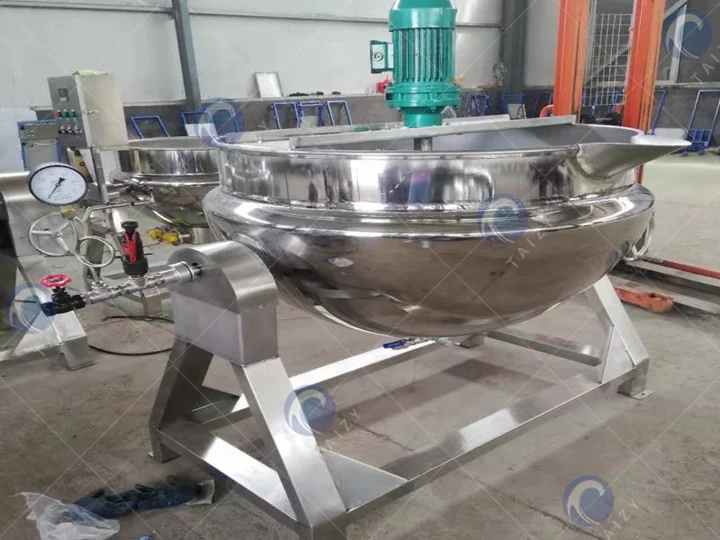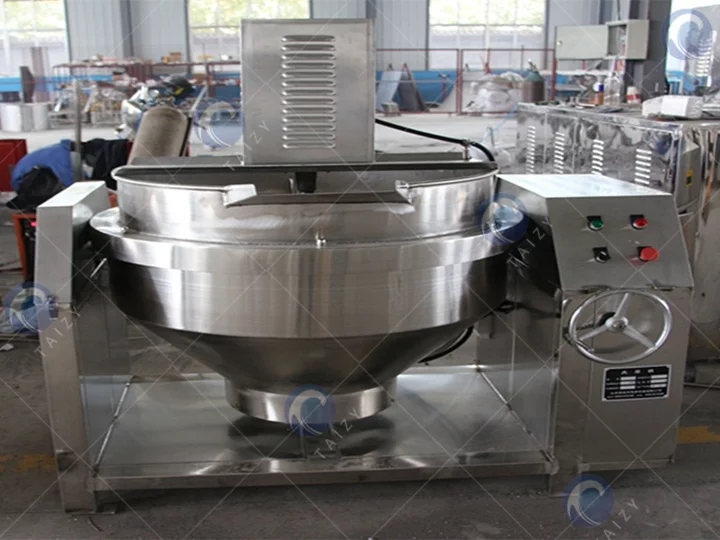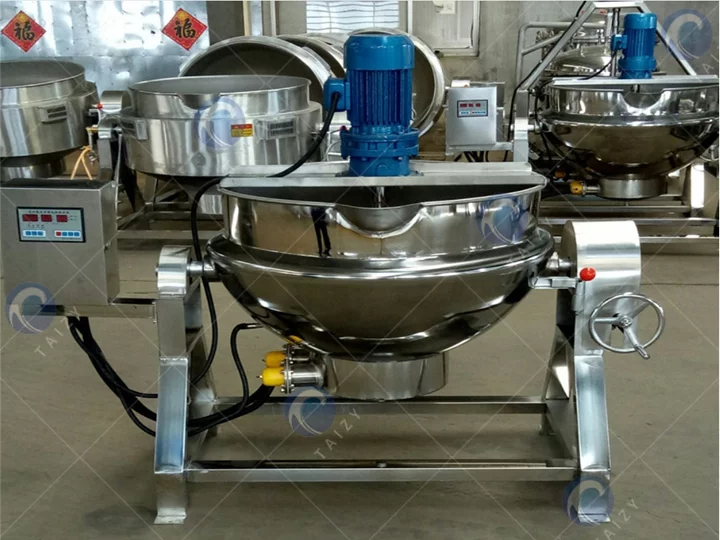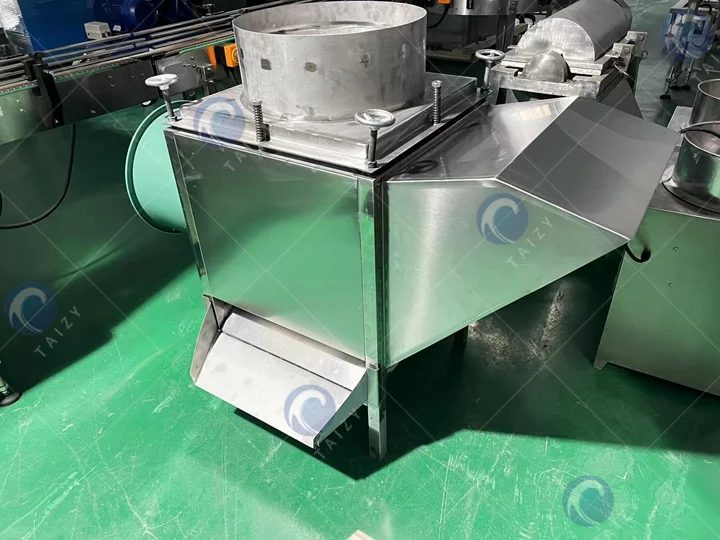ジャケット付き調理鍋の異なる加熱方法
料理の芸術が進化し続ける中で、ジャケット付き調理鍋は多様な加熱方法を提供するキッチンの相棒として登場し、それぞれに独自の利点と考慮事項があります。
ガス、電気、電磁、蒸気の4つのユニークな加熱方法について、より包括的な分析を掘り下げ、それぞれの強みと考慮事項を探ってみましょう。

1. ガス加熱:
利点:
- 急速な温度上昇:ガス加熱は、所望の温度に迅速に達するのが得意です。
- 迅速な冷却:使用後に効率的に冷却し、運用効率を向上させます。
- 可変周波数:ガス加熱システムは調整可能な周波数を提供し、運用の柔軟性を提供します。
- 温度制御精度の欠如:迅速な加熱にもかかわらず、ガスは正確な温度制御を欠いています。
2. 電気加熱
利点:
- 熱油による温度制御:電気加熱は熱油と組み合わせることで、正確な温度制御を可能にします。
- 調整可能な周波数:電気加熱方式は周波数調整をサポートします。
- 均一な加熱:熱の均等な分配を確保し、一貫した調理を促進します。

3. 電磁加熱
利点:
- 加熱慣性の排除:電磁加熱は温度の変化に迅速に反応します。
- 迅速かつ効率的な温度変化:効率的に加熱し、迅速に冷却します。
- 均一な加熱:鍋全体が均等に加熱され、死角がありません。
- コイル冷却:電磁コイルは運転中に冷たく保たれ、寿命を延ばします。
4. 蒸気加熱
利点:
- 最大温度約100度セルシウス:蒸気加熱は、約100度セルシウスの温度を必要とする用途に適しています。
- 垂直ジャケット付き調理鍋で一般的に使用される:特定の温度範囲のため、垂直ジャケット付き調理鍋に最適です。

まとめ
結論として、ジャケット付き調理鍋の加熱方法の選択は、料理操作の特定のニーズと優先事項に依存します。ガスは速度を提供し、電気は精度を提供し、電磁は効率と均一性を組み合わせ、蒸気は特定の温度用途に特化しています。
多様な選択肢により、シェフやフードサービスの専門家は、料理の要件に完全に合致する加熱方法を選択でき、料理の取り組みにおいて最適な結果を達成することができます。

